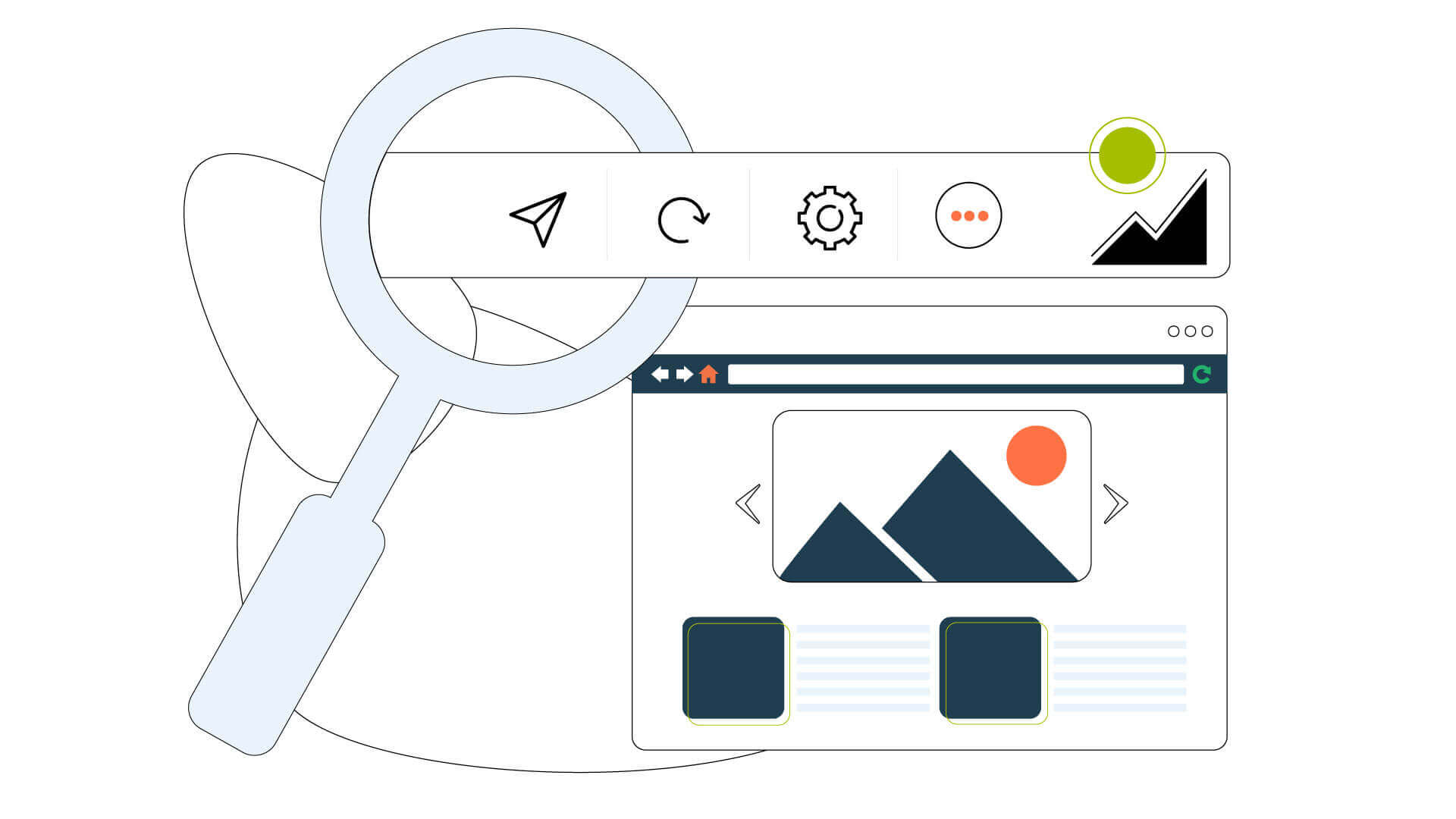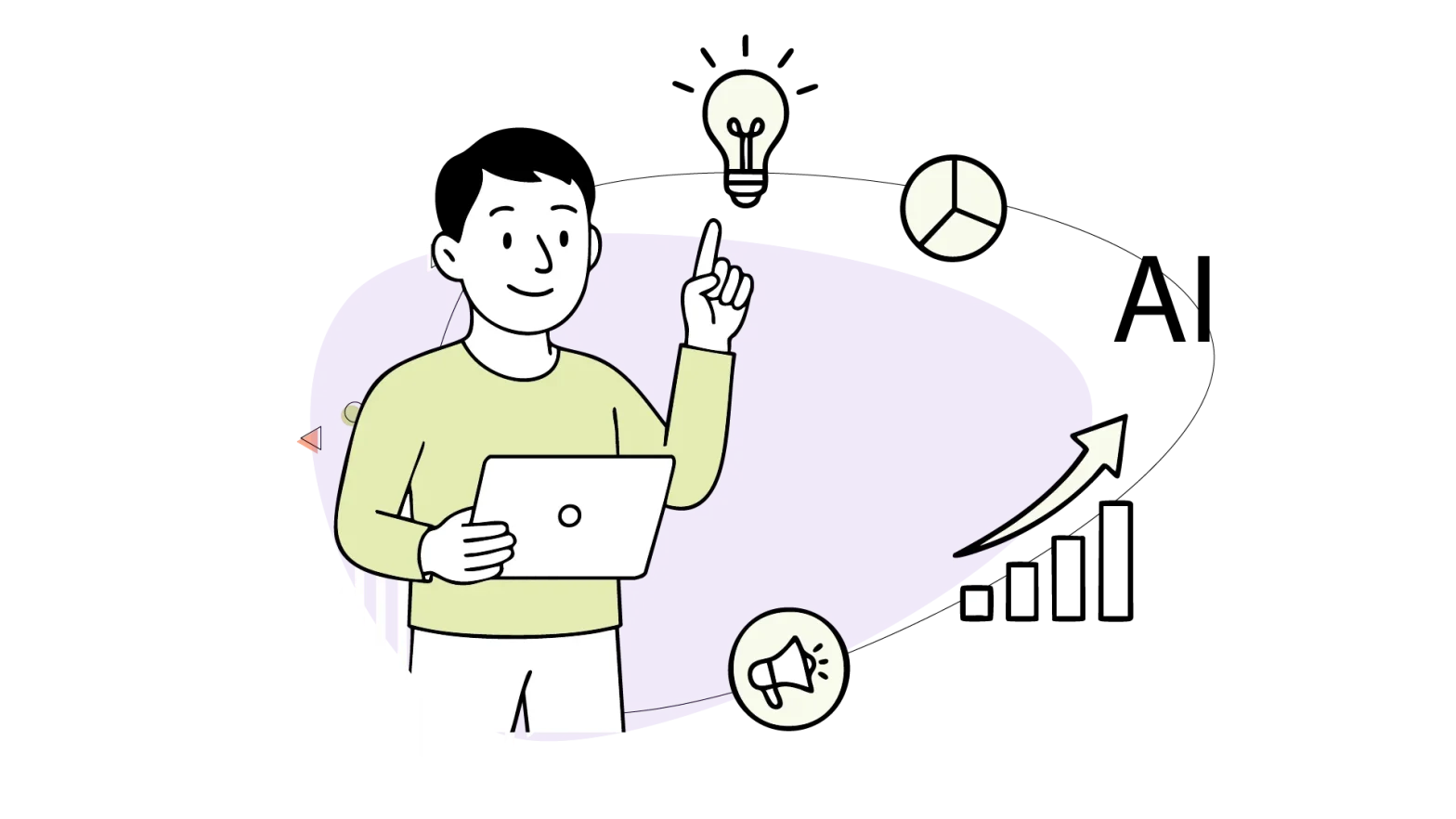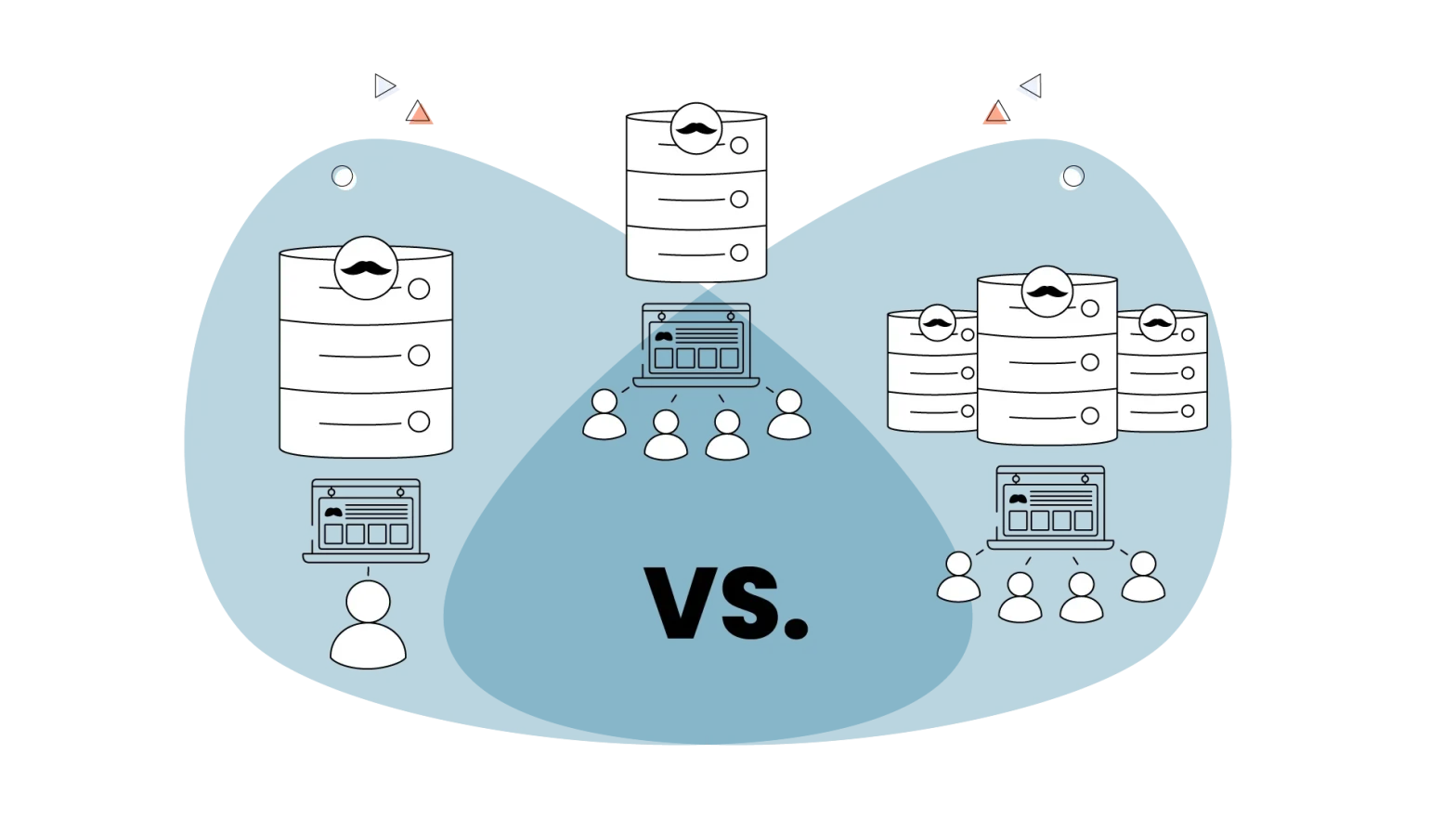Do you want to improve your website’s SEO rankings? Do you want your page to attract more potential customers? Do you also want this to enable greater conversions and revenue potential for your business? To do that, you must ensure that people who visit your website become repeat visitors and, eventually, regular customers. To retain visitors to your website, you have to work on enhancing their user experience and engagement. Want a foolproof way of doing that? Optimize your images!
Image optimization is directly linked to a website’s loading speed, thus ensuring optimum performance. A great performance, in turn, enhances the visitor’s user experience and makes your customer’s interaction with your website pleasurable. We all know what happy visitors can become in the long run – that’s right, long-term customers.
An enhanced website load speed will enhance your customer’s UX and greatly improve your business’s SEO rankings by landing your website on competitive spots on all search engine result pages.
Images are superb tools to create visual appeal on your webpage and break up the text, but they’re extremely heavy on bandwidth and data. Their loading speed negatively affects your website’s customer engagement. Therefore, the images should be adequately treated and optimized for great online performance and SEO ranking.
In our post, we share some great tips for optimizing images that may be slowing things down for you.
- What is Image Optimization?
- Why is Image Optimization Necessary?
- What are the Benefits of Image Optimization?
- 10 Tips for Optimizing Images of Your Website
- Best Image Optimizing Software
What is Image Optimization?
Image Optimization is a set of techniques you must learn to run a successful website. Your website will be successful if it provides a fantastic user experience and effective user engagement to your site visitors.
Although you require attractive and rich-quality images of your product or services front, right, and center on your page, your visitors will probably leave the page unless these images load in a fraction of a second. Now, you wouldn’t want that for your business, losing on-site traffic and potential customers.
To avoid such scenarios, always remember to optimize your images. Through this process, you basically convert your images into upload-friendly versions by cutting down on their format, size, and resolution without compromising on their quality. Optimizing your images by subjecting them to compression and other techniques enables them to appear more readily in search engine results. That naturally draws more traffic to your website, which is your business’s number one goal.
Therefore, optimizing your images is essential to improving your site’s visibility, increasing traffic, and getting better SEO rankings.
Why is Image Optimization Necessary?
The optimization process is essential, strengthening your site’s overall performance and other measurables mentioned below.
- Page load speed/time
- Web traffic
- Conversion rate
- SEO ranking
- User engagement
- User experience
- Download time/speed
Based on data, it’s reported that unoptimized images account for up to 75% of a webpage’s total weight. This is a huge figure, and having that much unoptimized content on your website is simply not great for your website. It can have a severe negative impact on your business. So, as a rule of thumb, always optimize your images by putting them through a round of quick procedures to ensure optimum website performance.
What are the Benefits of Image Optimization?
When you subject your images to the optimization process, it may require a bit extra effort and time on your part, but it gives you a range of benefits that will be great in terms of site traffic and conversion rate for your business. Let’s look at some of the major benefits of image optimization.
- Improved Website Speed
Website speed refers to page load time and the time to the first byte. Time to the first byte is the time it takes for your browser to receive the first byte of information or signal from your webserver. These aspects are crucial in the smooth running of your website, as visitors don’t have the patience to wait for web pages to load and simply opt to leave the site.
- Enhanced Customer Engagement
As we mentioned above, in today’s first-paced world, consumers want everything within a fraction of a second. They require instant delivery and instant access to things. If they have to wait, they’d rather leave and go someplace else. You surely don’t want to lose potential customers. So if your images are optimized, they will load faster, and your site visitors will spend more time on your page. According to research conducted by the BBC, for every extra second it takes for a page to load, the website loses 10% of its visitors.
- Better Search Ranking
Statistics show that images can potentially divert 32% of search queries back to the source site. Nowadays, when more people prefer visual search instead of text, images have the power to attract major traffic to the site and act as superior SEO marketing tools. So you should put the best versions of your images out there so they can effectively do all this for you.
- Lower Bounce Back Ratio
If an image is optimized according to the best SEO techniques, it will load faster and be of superior quality. This will only attract and engage more visitors to your site for sustained periods and reduce your bounce-back ratios. Bounce back ratio means the number of times people leave your site.
- Enhanced Customer Engagement and UX
Optimized images that load in fractions of a second will take your website’s UX to a whole new level and are necessary for superior user engagement with your website.
- Cost Effective
Large files, like the unoptimized versions of your image, will consume more data and bandwidth, which will jack up your costs. Instead, this wasted money would invest in good web hosting services and operational costs.
- Augmented Search Engine Performance
Google and other search engines only identify and index pages with good page load time and performance. If you can double up these aspects of your website by using optimized images (among other things), you’ll be doing wonders for your site’s search engine rankings.
10 Tips for Optimizing Images for Your Website
Without further ado, we bring to you the 10 best tips or techniques to optimize your images to enable optimum website performance.
- Select the Right File Format
Online files belong to different file types or formats. Each format is meant to fulfill a specific image requirement. These are the most common file formats.
- JPEG
The JEG format best suits stationary and authentic world images. It is also suitable for images with rich or complex colouring. It is the most preferred format in terms of image optimization as it reduces the file size to a considerable degree without compromising the quality of the image.
- PNG
PNG is suitable for web images like logos and flat images without dimensions. It is another common file format used online.
- GIF
GIFS are best for low-resolution images, moving pictures or animated graphics, icons, and simple images.
- WebP
This is one of the next-generation modern image formats highly preferred when optimizing images for best performance. It provides superior level compression and excellent image quality.
- TIFF
The TIFF format is suitable for high-quality and big-size graphic images.
- AVIF
This is another suitable format for compression as it provides a better quality compression ratio.
When you select the suitable file format while optimizing your images, you’ll cut down on excessive bandwidth consumption leading to faster page speed. Depending on the qualities of each format, you should weigh out the pros and cons of each. Consider what your business goals are when selecting a particular format.
JPEG and WebP are the most popular types due to their lower file sizes, but may sometimes play around with the image quality. So if that doesn’t work for your particular business goals, you may want to reconsider your options. Although most experts advise using progressive JPEG and other Next-Gen file formats.
- Correctly Compress Your Image
Compression involves encoding your images efficiently without losing the quality. Once you’ve set the file format, the next step in your optimization process would be to compress the image by reducing its file size.
There are two methods of image compression;
- Lossless Compression
In this, all unnecessary and redundant metadata associated with an image is removed without affecting the image’s quality. The metadata is erased safely and can be retrieved later by restoring the file to its original version.
- Lossy Compression
The lossy compression technique cuts down the file size and negatively affects the image quality. Furthermore, once compressed, you lose the relevant associated metadata and cannot restore the image to its original version.
The ‘Encode Images Efficiently’ section of the PageSpeed Insights report tells you which images are suitable for compression and how much file size in terms of numbers you can save by cutting down file size.
- Accurately Size Your Image
Sometimes, your image may not compress properly in terms of an adequate reduction in file size. In such cases, you can still reduce the image size by manually adjusting its dimensions and resolution. At a higher resolution, images use more bandwidth in loading. If you run on lower bandwidth, your images will take longer to load.
Maintain the right balance between image quality and file size by sizing your images. The key is to resize the image to its smallest possible version without jeopardizing its quality. On the other hand, if your image quality is low to begin with, consider using an image upscaler or enhancer to easily increase the resolution without raising the file size too drastically.
Also, consider that you’ll have to resize the same image differently for its desktop and mobile versions.
Some of the best tools for image compression and resizing are Photoshop, Adobe Image Ready, and some great online resizing options like resizemypicture.com.
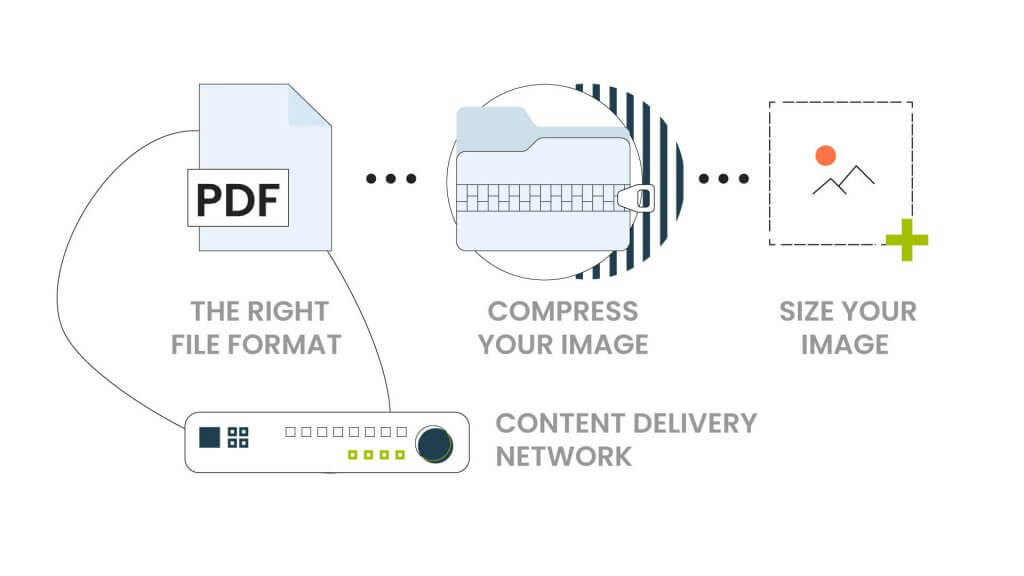
- Choose the Right File Name for Your Image
You may deem it unnecessary or something irrelevant to an image’s optimization process, but giving the right name to your image file goes a long way in enabling the optimum performance of your website. Correct file names that contain all the right information help search engines better identify and index your images leading to superior search engine performance. Additionally, it aids your webpage’s load time.
The correct file name version will typically include keywords or key phrases that are your key for SEO. It will also have your company’s name. Lastly, it will consist of the file size and its format. An example of a suitable file name would be ‘XYXcompany_heroshot_325x325.JPEG’.
- Consider if You Require Content Delivery Network (CDN)
CDN ensures faster and easier image delivery and goes hand in hand with image optimization. Optimized images are no good if they are not transported to the relevant source quickly. CDN thus reduces this distance between users and the server. Through its hosting ability, a CDN stores images and media files. Therefore, it augments page load speed and solves any bandwidth issues.
You should consider if you need to use a CDN for optimum content delivery. Only in some cases concerning backlinks may one reconsider employing such a system. But on the whole, a CDN will do wonders for your website’s optimum functionality.
- Set Up the Alt Txt
An Alt Txt is a short description of your image. It informs a user in advance, before loading the actual image, what’s in store. This is especially useful to users experiencing a slow connection or network issues resulting in delayed load speed.
Ideally, your Alt Txt should contain keywords or keyphrases, as these will help search engines identify your content, index your image, and help your images pop up on the top tier during search results. For improved SEO practices, be sure to add an Alt-Txt to all the images on your website.
- Set Up Browser Caching
A browser caching instructs a site visitor’s browser to save specific files on their local system instead of downloading these files each time the visitor views the site. When this is done, through an enabled browser cache system, those specific files are loaded from the visitor’s local cache, cutting down on repeated downloads. This translates into a faster page load time and better UX for the visitor, who will have most stuff loaded before them in less than a second.
The browser cache stores images for a certain amount of time. The question that pops up is ‘how long should a browser cache an image for?’ When optimizing images for better website performance, ensure your web server’s settings adjust the cache storage time for images on your website.
- Use Sitemaps
A sitemap is a txt file that enables search engines to discover and explore all parts of your website. When you create sitemaps for your website, you make it easier for search engines to identify and index information on your website. This, in turn, does excellent work for your site’s SEO rankings.
In relevance to optimizing images, a sitemap can play a crucial role in enhancing the visibility of your online presence through your images. During the optimization process, create image tags for all your images and put them on your sitemap so that Google and other search engines can recognize and identify your images quickly, placing them in the top search results.
- Use Relevant Anchor Text
Anchor text are the links that point to the image and its source (such as the webpage presenting the media file). When you build links to your image and put your keywords in these links, your webpage will have a better chance of enhanced SEO performance for those specific keywords.
Anchor text is essential because it provides information simultaneously to the user and the search engine. It augments a user’s possibility of clicking on the link by telling them what they will see once they click. It, therefore, makes your content not only more user-friendly but also a search engine favourite.
- Upgrade Image Thumbnails
Thumbnails are vital components of a webpage, specifically for eCommerce sites. On online boutiques and shopping websites, image thumbnails play an integral role in showcasing nugget-sized details of the product to the users. Customers assess the thumbnails to make up their minds about a product and whether they’d want to go ahead and click on it to explore further. An optimized thumbnail can be a make or break factor for your website.
You need to practice caution while optimizing thumbnails, however. Remember to keep their file sizes as low as possible, even to the point of affecting quality. A webpage’s load time will slow considerably if all the thumbnails on it take time to load. That’s an overkill that you may want to avoid at all costs.
If you decide to give your thumbnails an alt txt in addition to alt txts for the original images, do vary both sets of alt txt for apparent reasons. You don’t want search engines to get confused and mislead users by diverting them to thumbnails of the actual product or service.
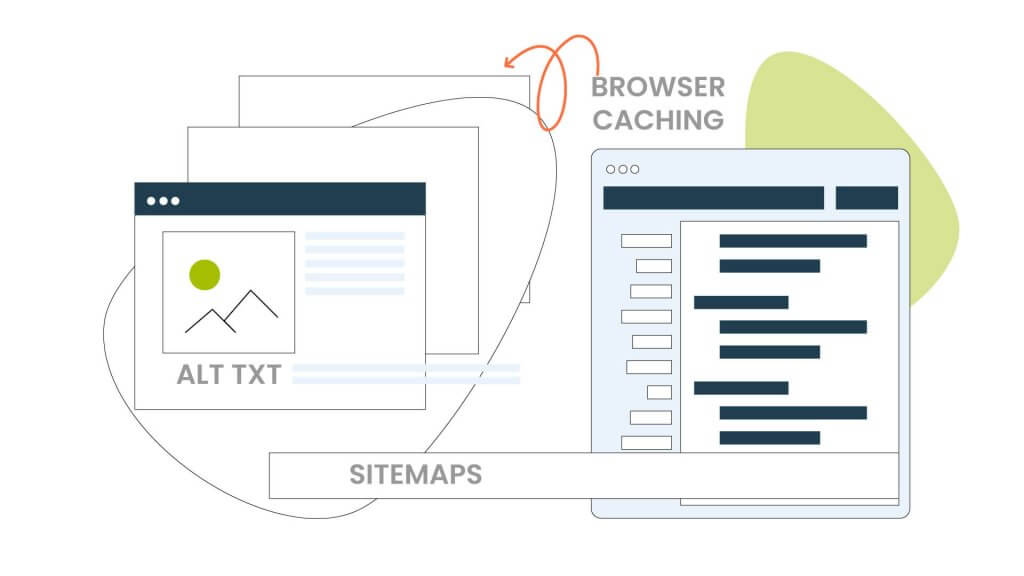
Best Image Optimizing Software
Now that you have all the necessary tips to optimize your images, let’s look at a list of the best software and online tools to make this optimization process more manageable. These tools optimize your images most efficiently without negatively affecting their quality and work well for all formats, ensuring faster content delivery.
- Photoshop
- Adobe Image Ready
- Imagify
- Kraken Image Optimizer
- Short Pixel
- Ewww Image
- Image Kit
- Cloud Image
- TinyIMG
If you’re using a WordPress site, our suggestion for the best way to compress and size your images is through WordPress image optimizing plugins.
Final Thoughts
You can say goodbye to poor site performance and low traffic when you follow all these tips for optimizing your website’s images. When you’re done subjecting your images to all the techniques we discussed in this post, you’ll notice a significant improvement in your website’s UX, user engagement, search engine performance, and a higher conversion rate for your business.
